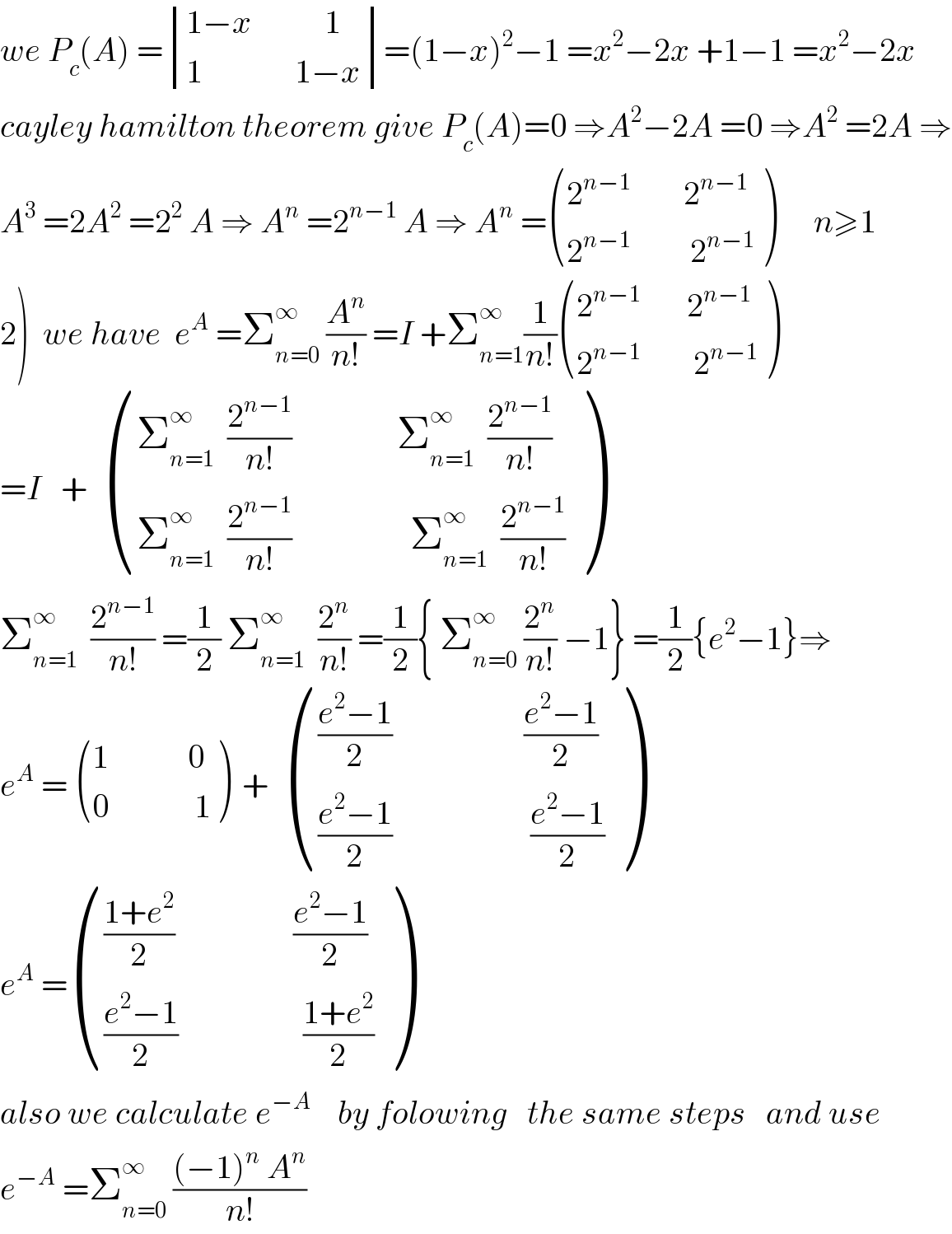
Question and Answers Forum
Question Number 60501 by prof Abdo imad last updated on 21/May/19

Commented by maxmathsup by imad last updated on 21/May/19

Answered by Prithwish sen last updated on 21/May/19

| ||
Question and Answers Forum | ||
Question Number 60501 by prof Abdo imad last updated on 21/May/19 | ||
 | ||
Commented by maxmathsup by imad last updated on 21/May/19 | ||
 | ||
Answered by Prithwish sen last updated on 21/May/19 | ||
 | ||
| ||